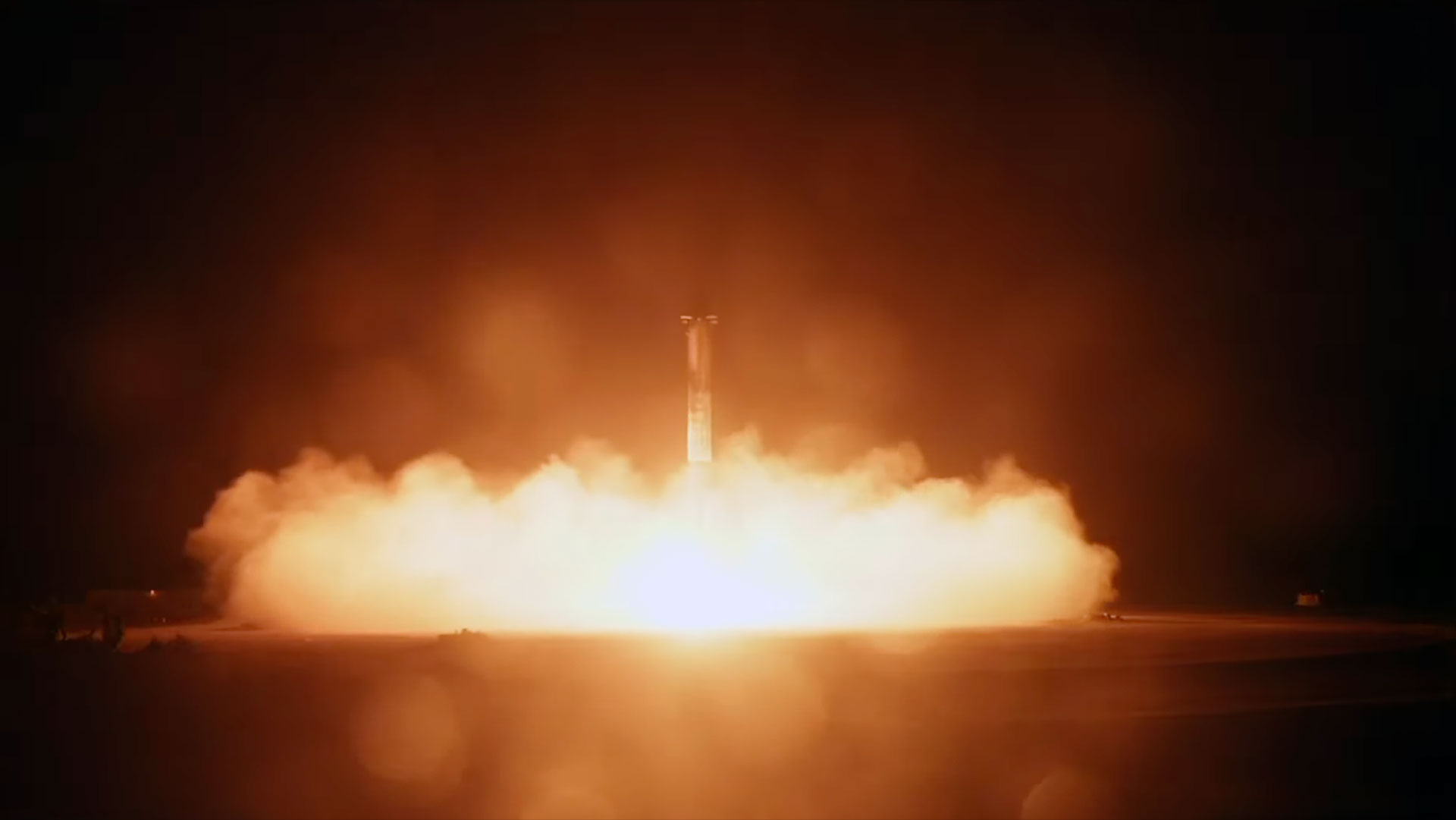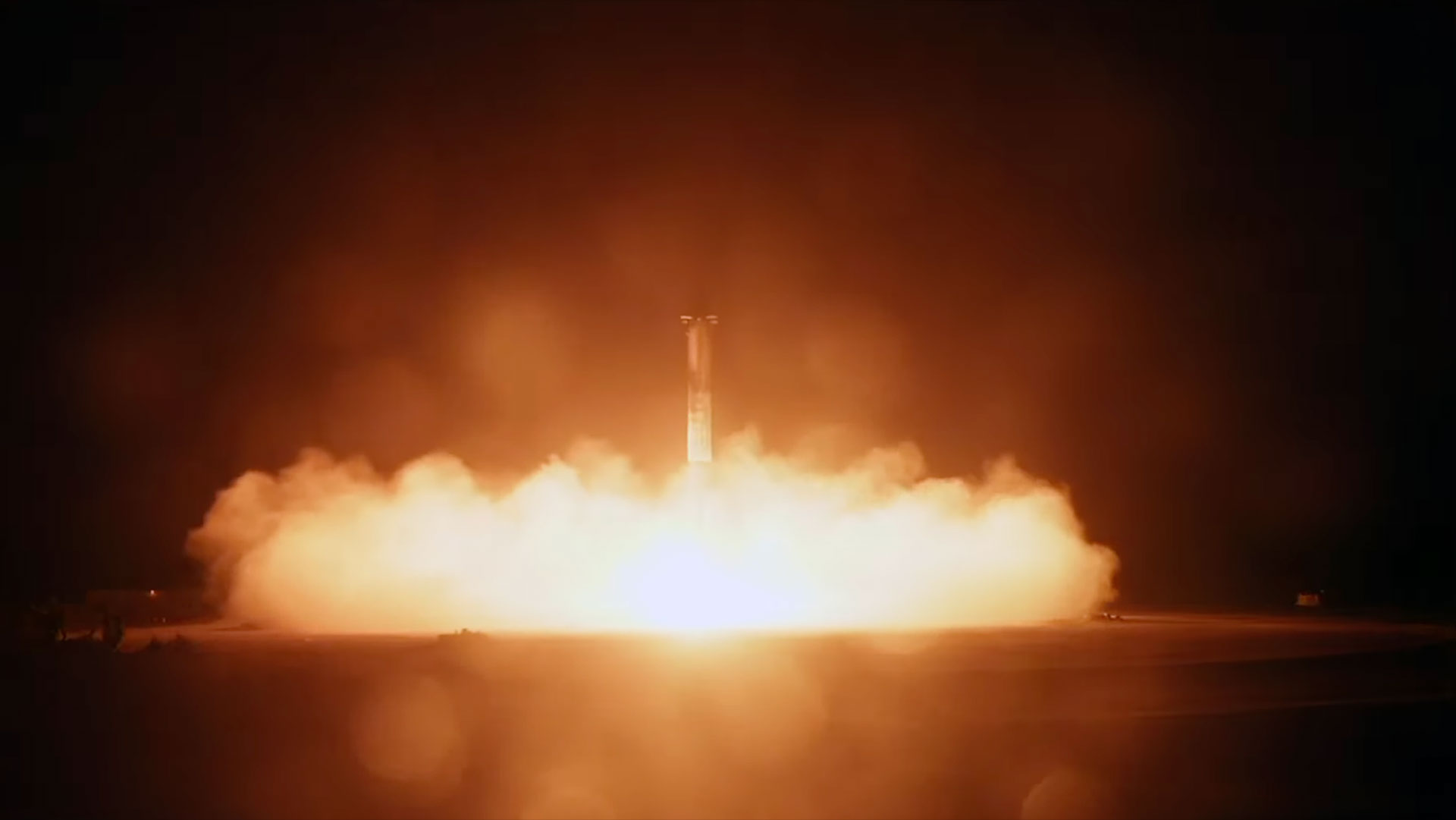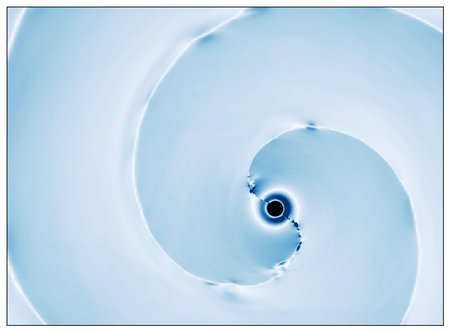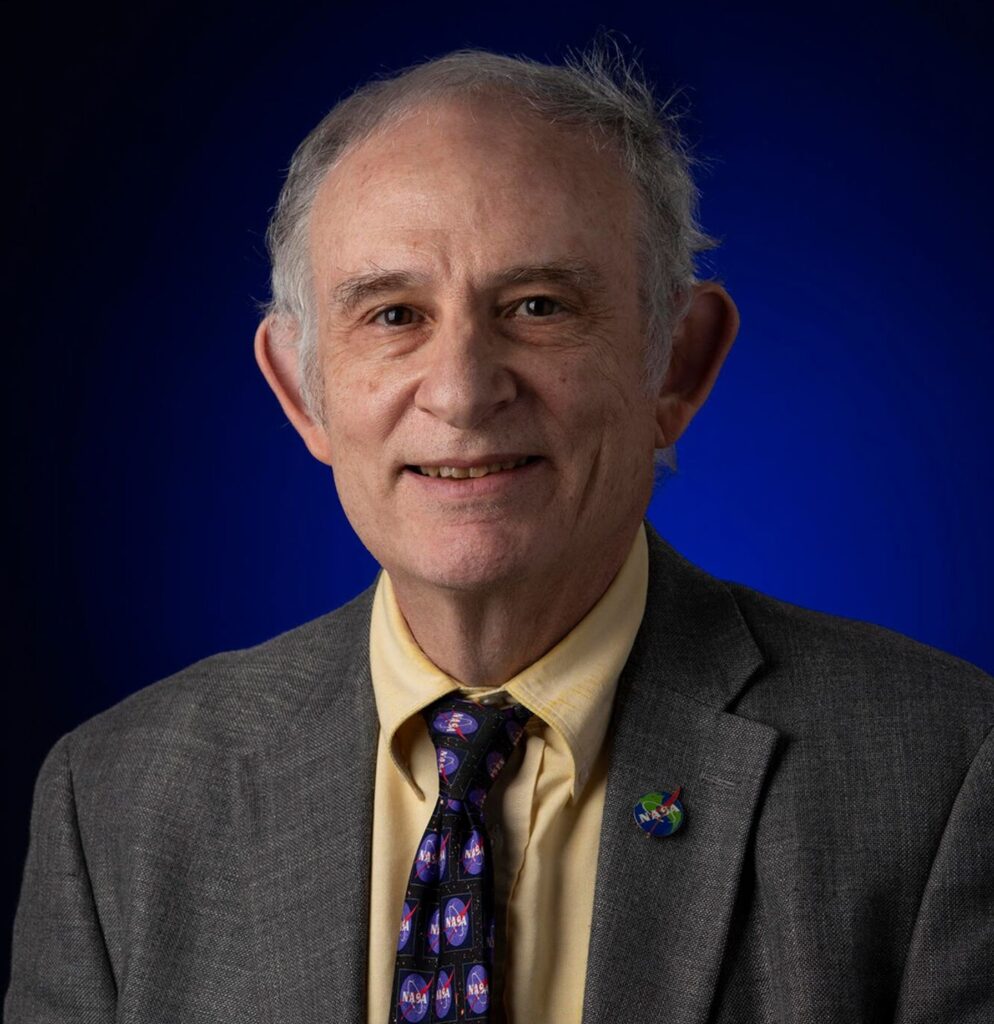SpaceX launched its 32nd cargo mission to the International Space Station (ISS) early Monday morning (April 21), carrying more than 3 tons of supplies and scientific hardware to the orbiting laboratory for NASA.
A Falcon 9 rocket carrying the uncrewed Cargo Dragon spacecraft lifted off Monday at 4:15 a.m. EDT (0815 GMT) from Launch Complex 39A (LC-39A) at NASA’s Kennedy Space Center in Florida.
Known as CRS-32 (or SpX-32), the mission is the 12th flight under NASA’s second Commercial Resupply Services contract with SpaceX.

The Falcon 9’s first stage booster came back to Earth as planned, performing a vertical, propulsive touchdown at SpaceX’s Landing Zone-1, at Cape Canaveral Space Force Station, about eight minutes after launch. It was the third launch and landing for this particular booster, according to a SpaceX mission description.
CRS-32 is the fifth flight for this Dragon, which previously flew CRS-22, CRS-24, CRS-27, and CRS-30.
In addition to food and equipment for the station’s Expedition 73 crew, the CRS-32 Dragon is delivering a variety of science experiments and technology trials, including an enhanced air quality monitoring system that could protect crew members on exploration missions to the moon and Mars; a demonstration of refined maneuvers for free-floating robots; and two atomic clocks to examine fundamental physics concepts, such as the theory of relativity.
Related stories:
In total, the Dragon is carrying about 6,700 pounds (3,040 kilograms) of supplies and science payloads for the ISS crew. If all goes according to plan, the capsule will arrive at the orbiting lab on Tuesday (April 22) around 8:20 a.m. EDT (1230 GMT).
The CRS-32 Dragon spacecraft is expected to stay at the space station for the next month, during which time it will be unloaded of its launch cargo and repacked with refuse and returning science experiments. It will then depart and return to Earth, splashing down off the coast of California.



